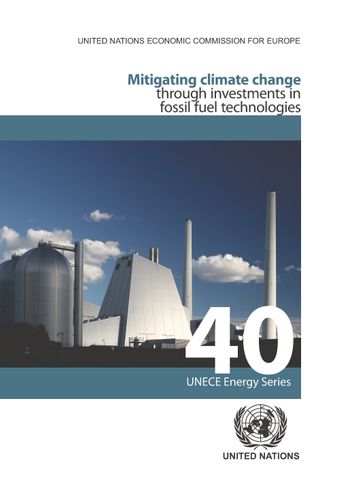Electricity demand growth and plans for the future

- Author: United Nations Economic Commission for Europe
- Main Title: Mitigating Climate Change Through Investments in Fossil Fuel Technologies , pp 31-44
- Publication Date: May 2016
- DOI: https://doi.org/10.18356/fbc5a6db-en
- Language: English
A countrys economic growth is directly underpinned by its growth in electricity output. Planners in China and India have both forecast that electricity capacity needs to grow by 8.5-9.5 per cent per year and 8.0 per cent per year, respectively, in order to support the planned annual growth in GDP of 10 per cent and 8 per cent in the coming five years. Between 2010 and 2012a period when Chinese planners were actively trying to slow the economygrowth in electricity demand was about 7 per cent a year reaching a new high level of consumption of 4.7 Petawatt hours (1,000 billion kWh). Demand already for electricity in both countries is greater than production. In China, there was an implied deficit of 30 GWh of power in 2011, and it is estimated to be 40 GWh this year which means supply and demand are virtually balanced, but many regions of the country are supply constrained or under-supplied. In India, meanwhile, there has been a systemic deficit in electricity supply of about 8 per cent a year over the past decade. Planners expect that 94 GW of new capacity will be needed in the coming five years just to keep up with the growth in demand, but not to close the deficit.
© United Nations
ISBN (PDF):
9789210580595
Book DOI:
https://doi.org/10.18356/3828feaf-en
Related Subject(s):
Natural Resources Water and Energy
Sustainable Development Goals:
-
From This Site
/content/books/9789210580595c008dcterms_title,dcterms_subject,pub_keyword-contentType:Journal -contentType:Contributor -contentType:Concept -contentType:Institution105
/content/books/9789210580595c008
dcterms_title,dcterms_subject,pub_keyword
-contentType:Journal -contentType:Contributor -contentType:Concept -contentType:Institution
10
5



